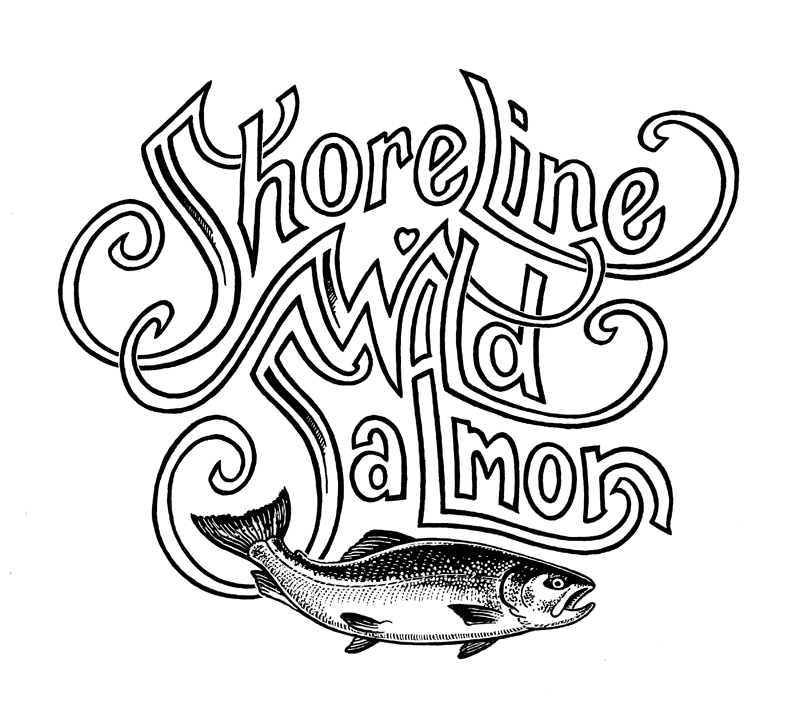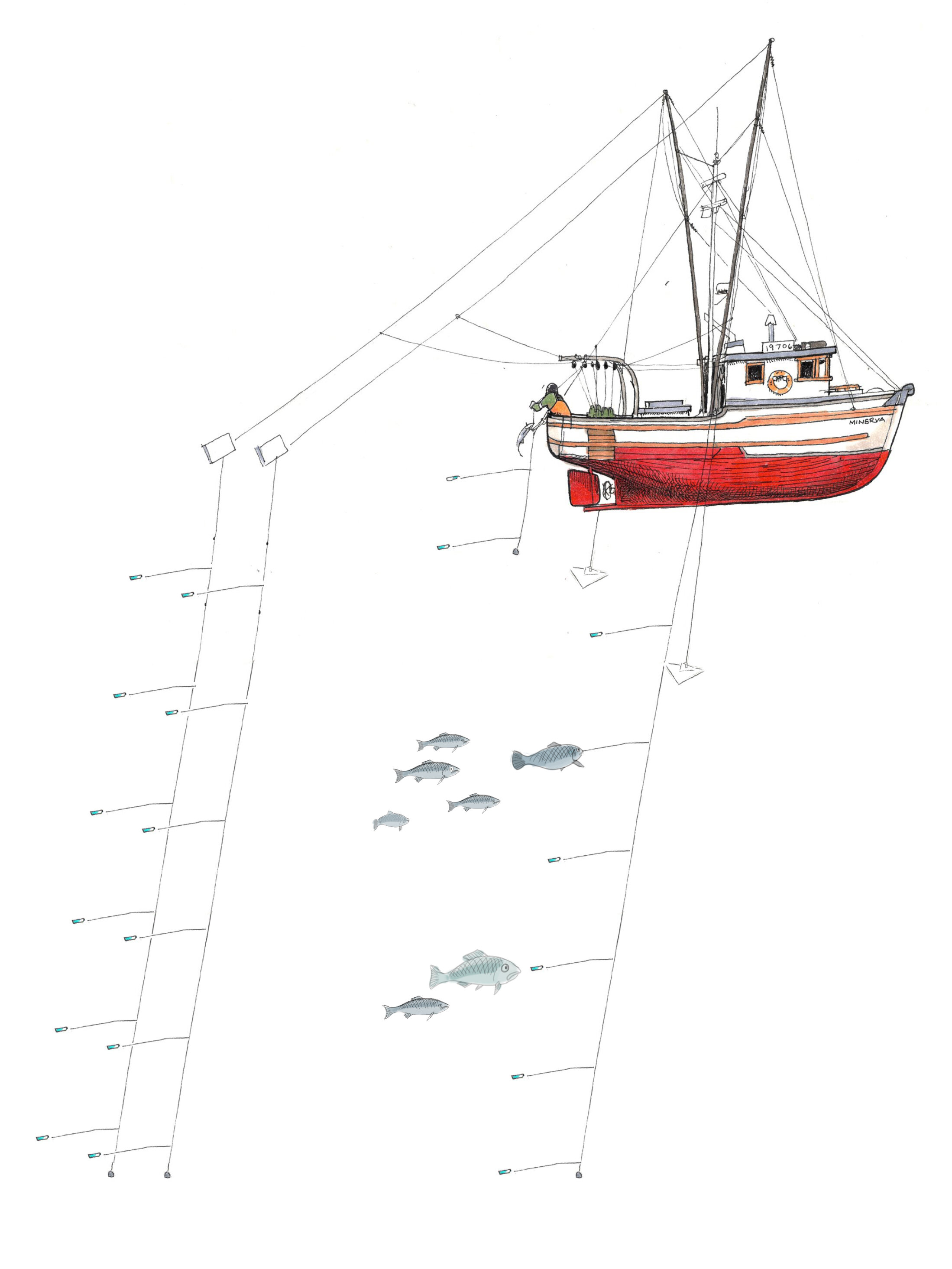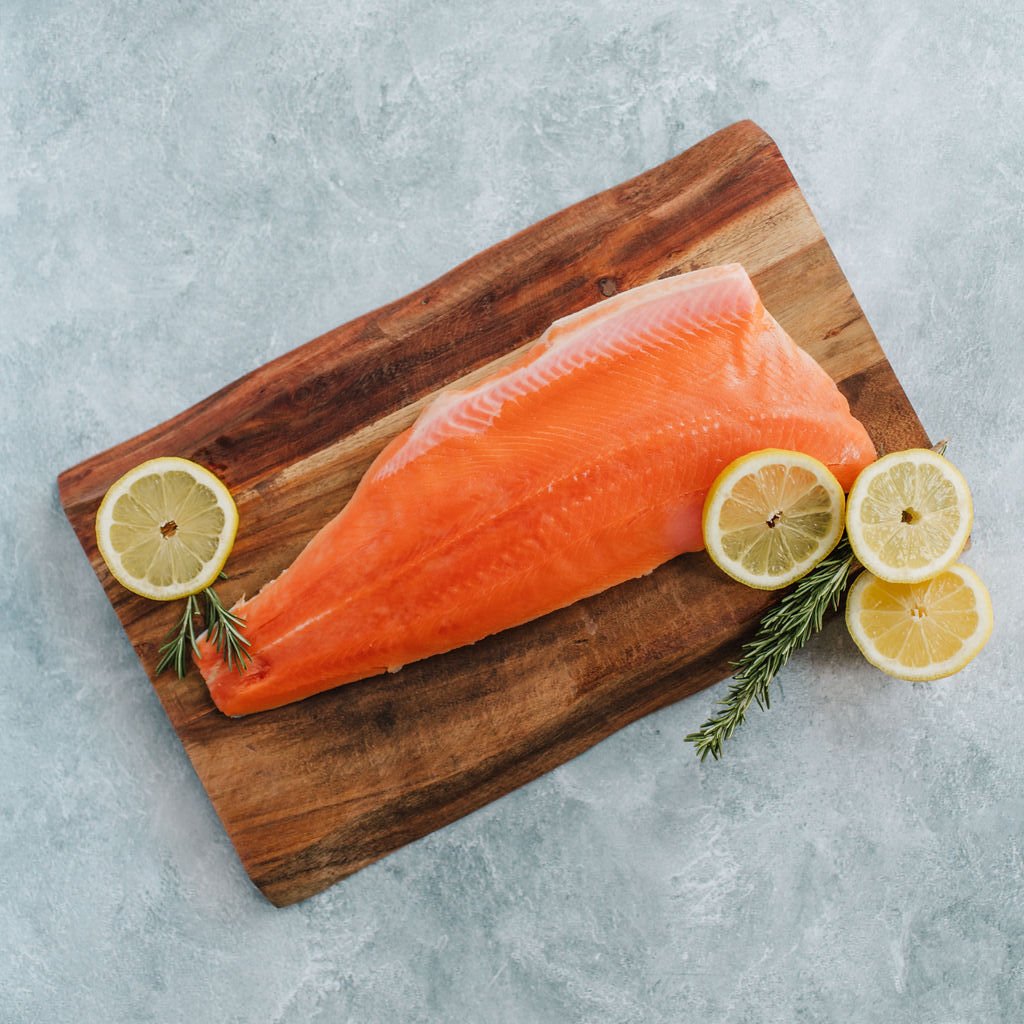
Top Quality Wild Salmon
Hook & Line Caught
This line caught method, also known as trolling, enables the company to pull each fish from the water one at a time. When it comes to finding a salmon that is caught with hook and line, it is rare! Approximately 10% of total Alaska salmon catch is harvested with this method.
Individually Handled
Each fish is cleaned immediately after it is caught. Furthermore, the fish are cleaned with a pressure bleeding method that removes all the blood from the meat. Why is this important? Any remaining blood or debris will impact the quality of the meat the longer it remains.
Frozen is Fresh
Shoreline products are packaged and frozen at peak freshness in a facility just around the corner from the pristine fishing grounds of Southeast Alaska. Once the fish are filleted and packaged, they stay frozen until the consumer thaws the fish and prepares it for a meal.
About Trolling:
Used in southeast Alaska only. Trollers are small fishing vessels operated by one or two fishermen, using lines and hooks.
Fish are caught one at a time and handled individually.
If the vessel has freezing capability, salmon will be blast-frozen, and dipped in fresh water to form an ice glaze.
Fish are handled individually and with the utmost care, from the time they leave the water until delivered to retailers.
The diagram to the left, by Tom Crestodina of The Scow, illustrates the basic setup of a trolling vessel. Aboard Tommy L II, Joe Emerson and crew operates a trolling setup similar to what is shown. Fishing lines with lures or bait fish are drawn through the water behind a moving boat, or by slowly winding in the line from a single position.
Take a look at how we care for the salmon we bring aboard.
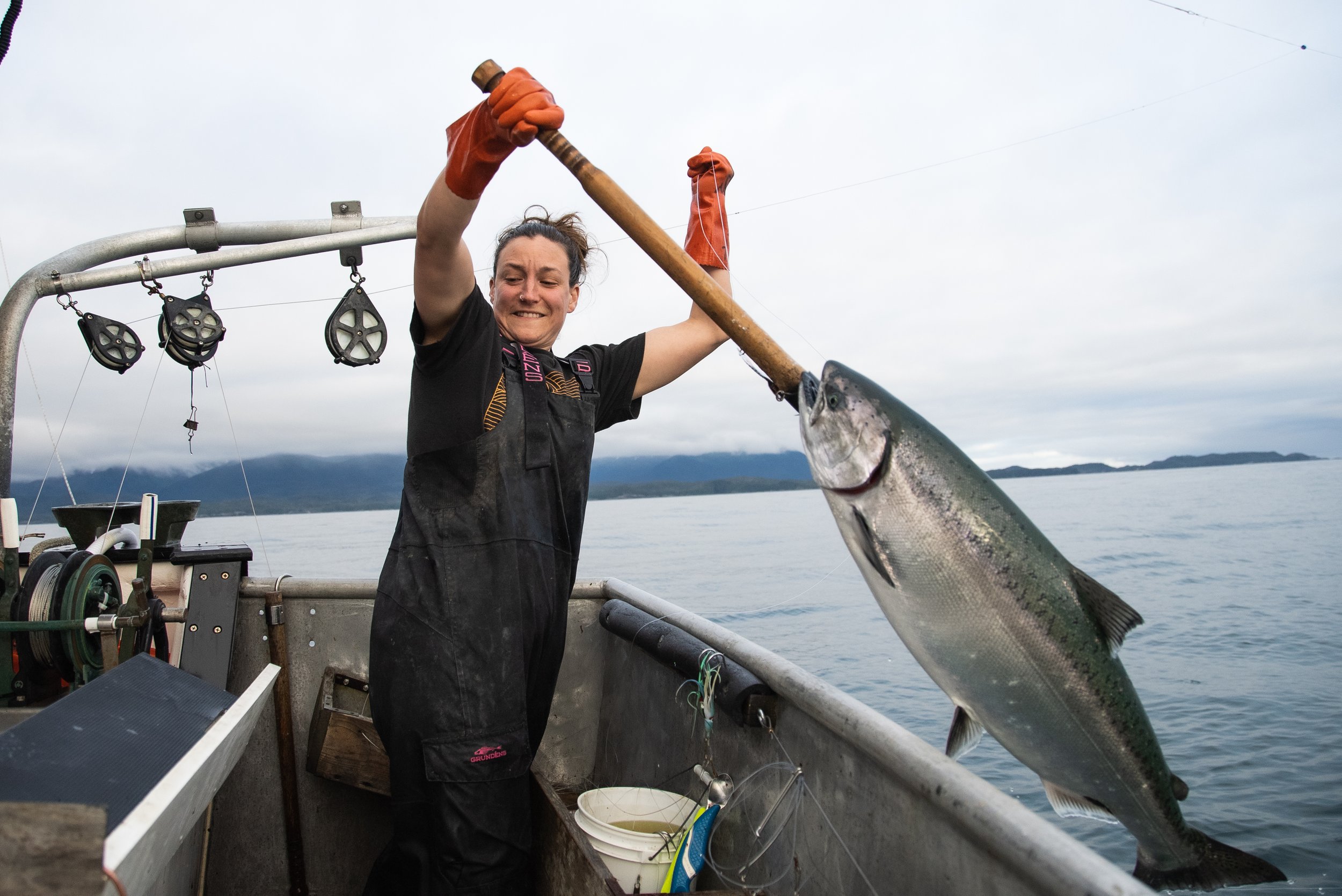
“All Alaska seafood is wild, and all of it is sustainable. Unlike many of the world’s other fisheries, Alaska’s are managed for protection against overfishing, habitat damage, and pollution. By proactively ensuring a healthy, wild, and sustainable harvest, Alaska has helped to preserve and protect its superior seafood for future generations.”
-From ASMI’s ‘Alaska Seafood: A Model for Sustainability’
For more information, please visit: www.alaskaseafood.org
Did you know that farmed fish put pressure on wild fish stocks? Growing a farmed product requires feed that often includes small fish like anchoveta and Atlantic herring. These smaller fish are removed in mass quantities from our oceans to grow farmed fish like salmon, putting stress on our ocean’s food chain. When fishing industries are regulated to prevent overfishing, as they are in Alaska through the sustained yield principle, purchasing wild caught fish can be a more sustainable choice than purchasing a farmed product.
Pollution and parasites are also a concern with farmed fishing operations, as described in this BBC article. First, when salmon are farmed in open ocean pens, large amounts of feces can accumulate in concentrated areas. When trapped in pens, salmon also tend to accumulate a parasite called sea lice in larger quantities, which can kill them over time. To make matters worse, chemicals can be used to treat farmed salmon for this condition. Taken together, this creates pollution in ecosystems that didn’t otherwise have these issues, putting strain on wild fish populations. That doesn’t sound very sustainable.
Need another reason to choose wild-caught over farmed fish?
When it comes to nutrition, wild salmon contain fewer calories and less saturated fat than farmed salmon. At the same time, a wild product continues to provide the healthy omega-3 fatty acids that help build and maintain a healthy body. Aside from the nutritional content, pollutants and chemicals have been found to be more common in farmed raised products. The Cleveland Clinic highlights studies that suggest dangerous PCB (polychlorinated biphenyl) levels and other unsafe contaminants are more commonly found in farmed raised products. Furthermore, when purchasing a wild caught fish, you don’t need to worry about antibiotic treatments and unnatural fish diets that exist in the farmed fish industry. The bottom line - when comparing these two harvesting methods, there is reason to believe that farmed salmon and other fish stocks come with higher risk and more concerns than a wild Alaskan fish.
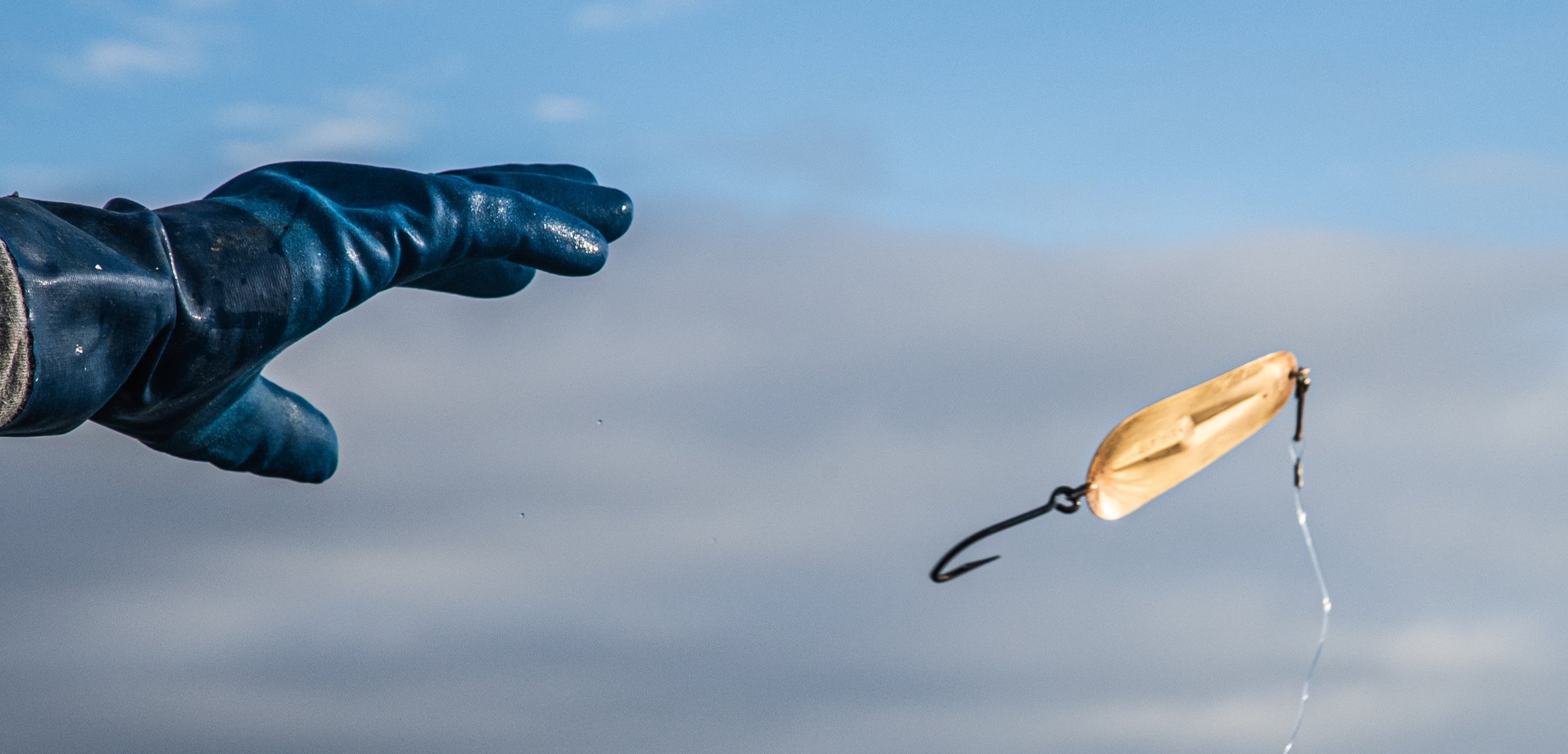
Meet Your Fishermen and Fisherwomen
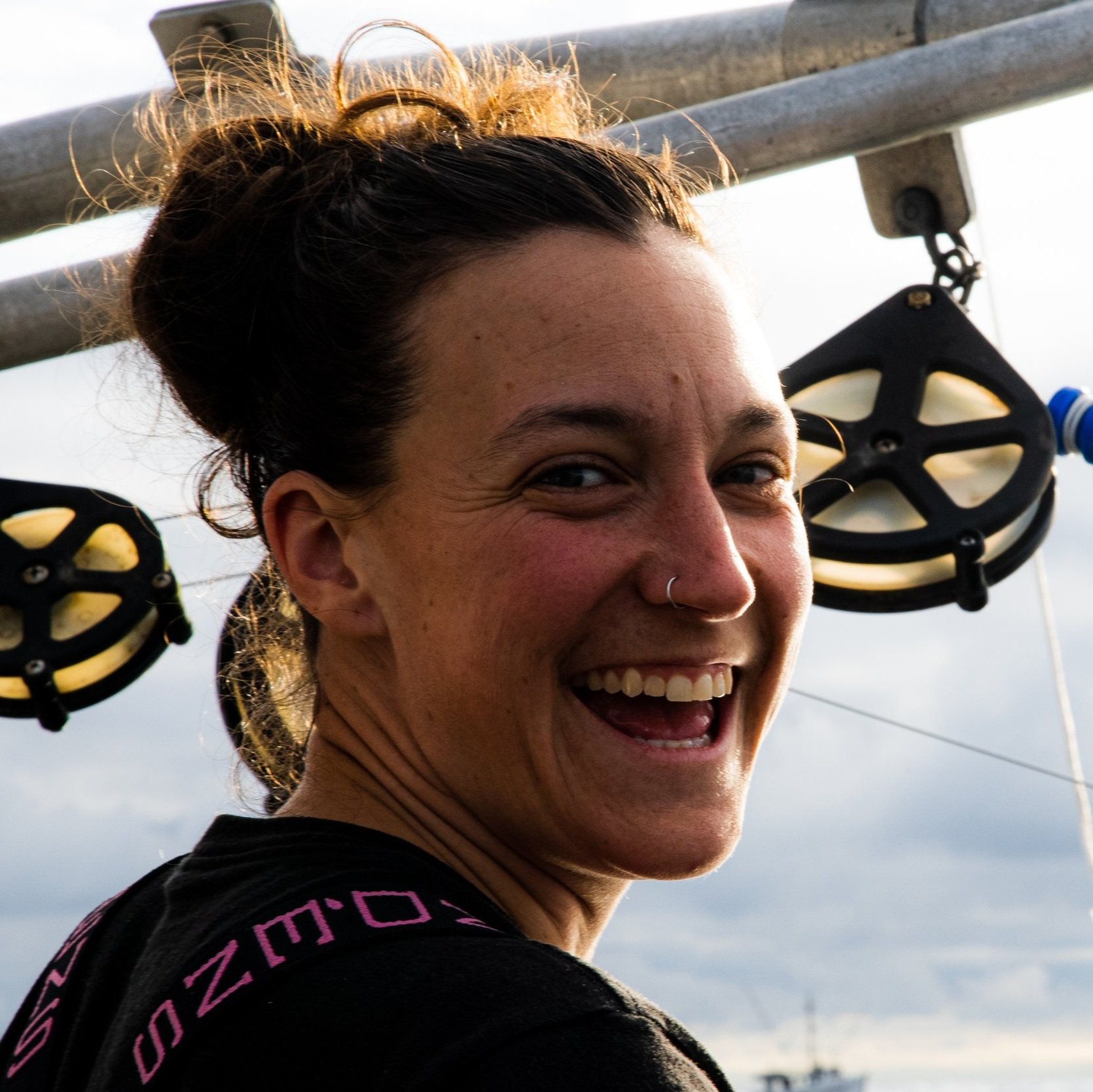
Casey Hampton, Deckhand on F/V Frances G
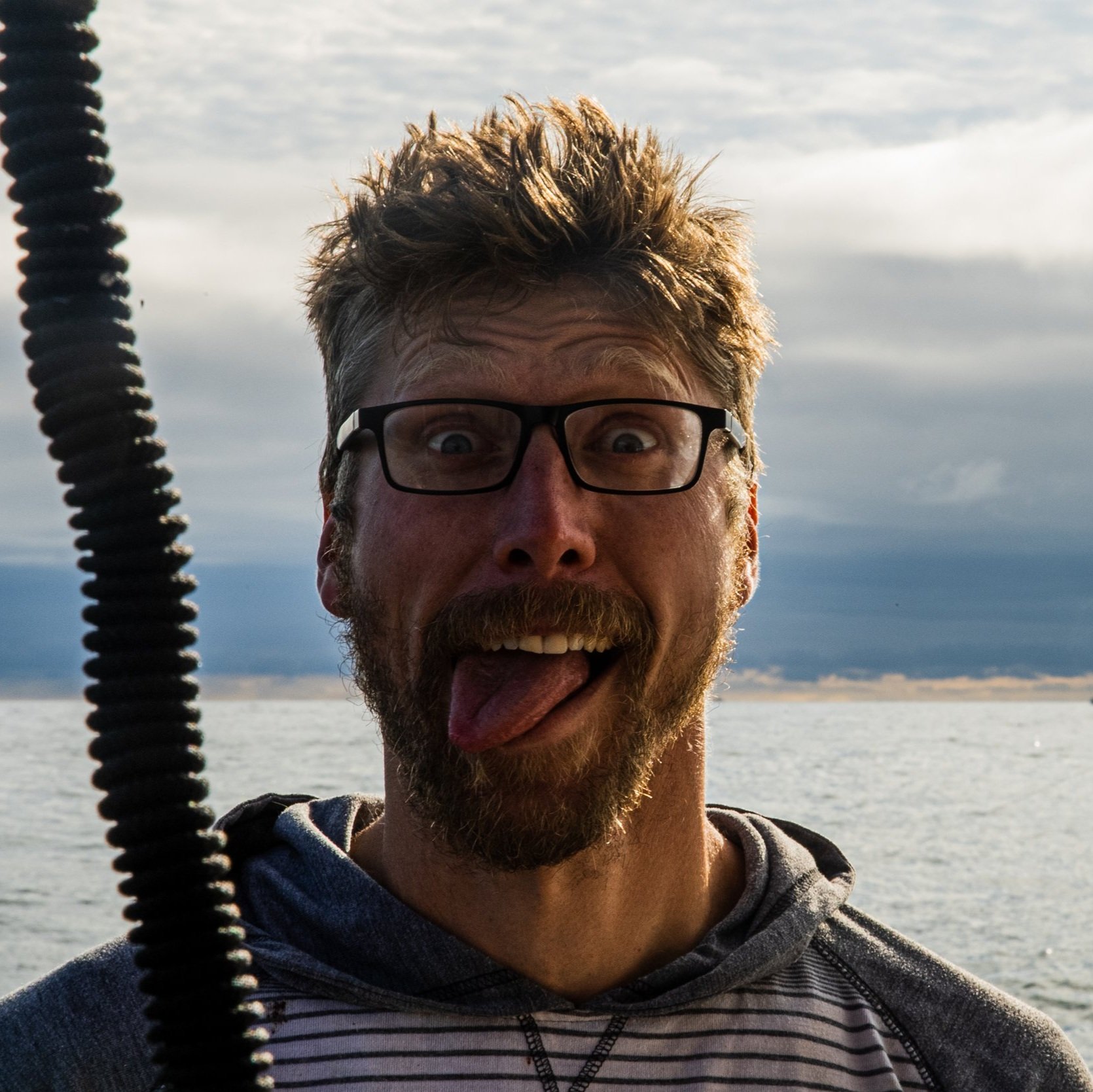
Jonny Antoni, Captain of F/V Frances G
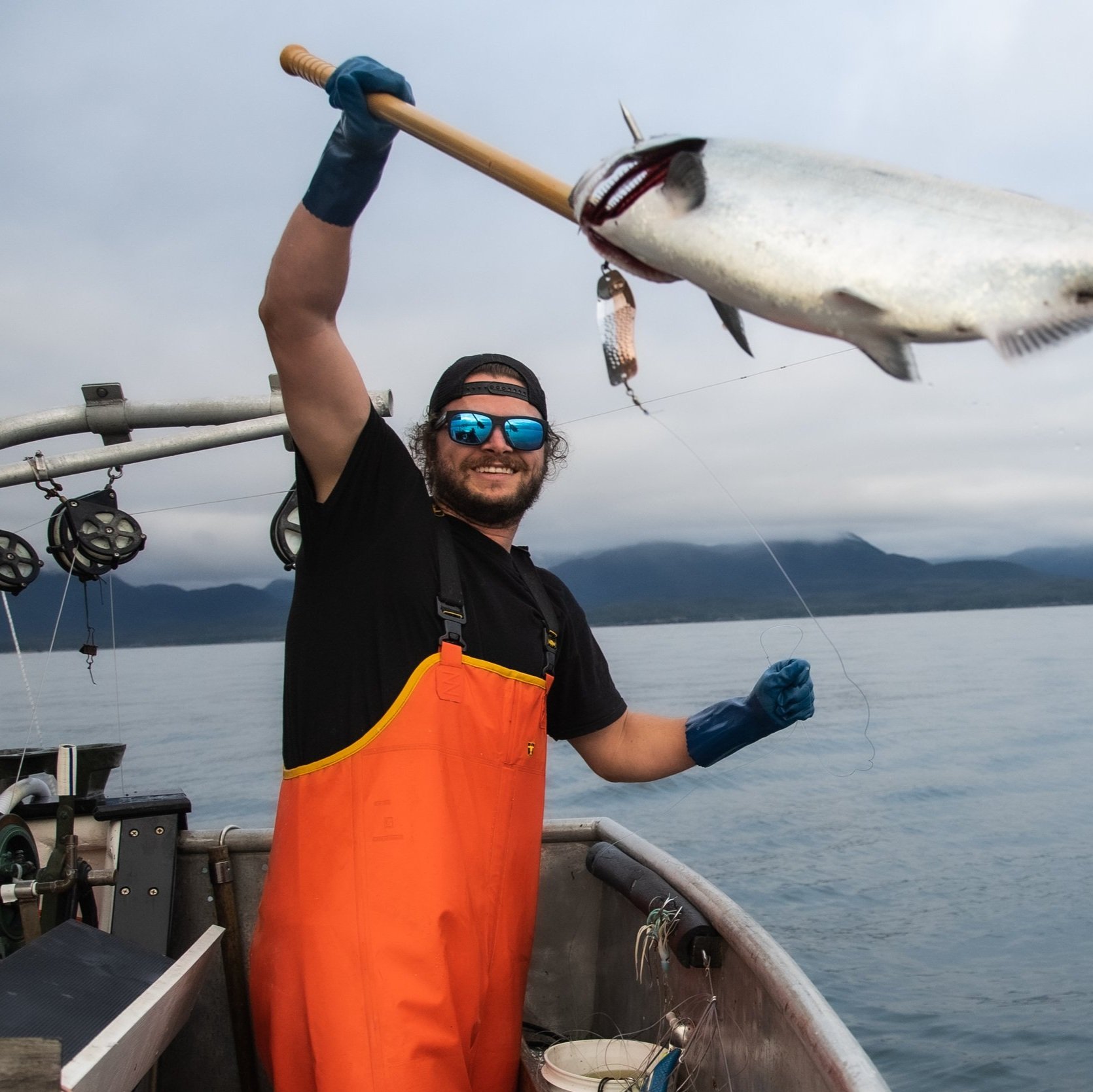
Nick Goll, Deckhand on F/V Frances G
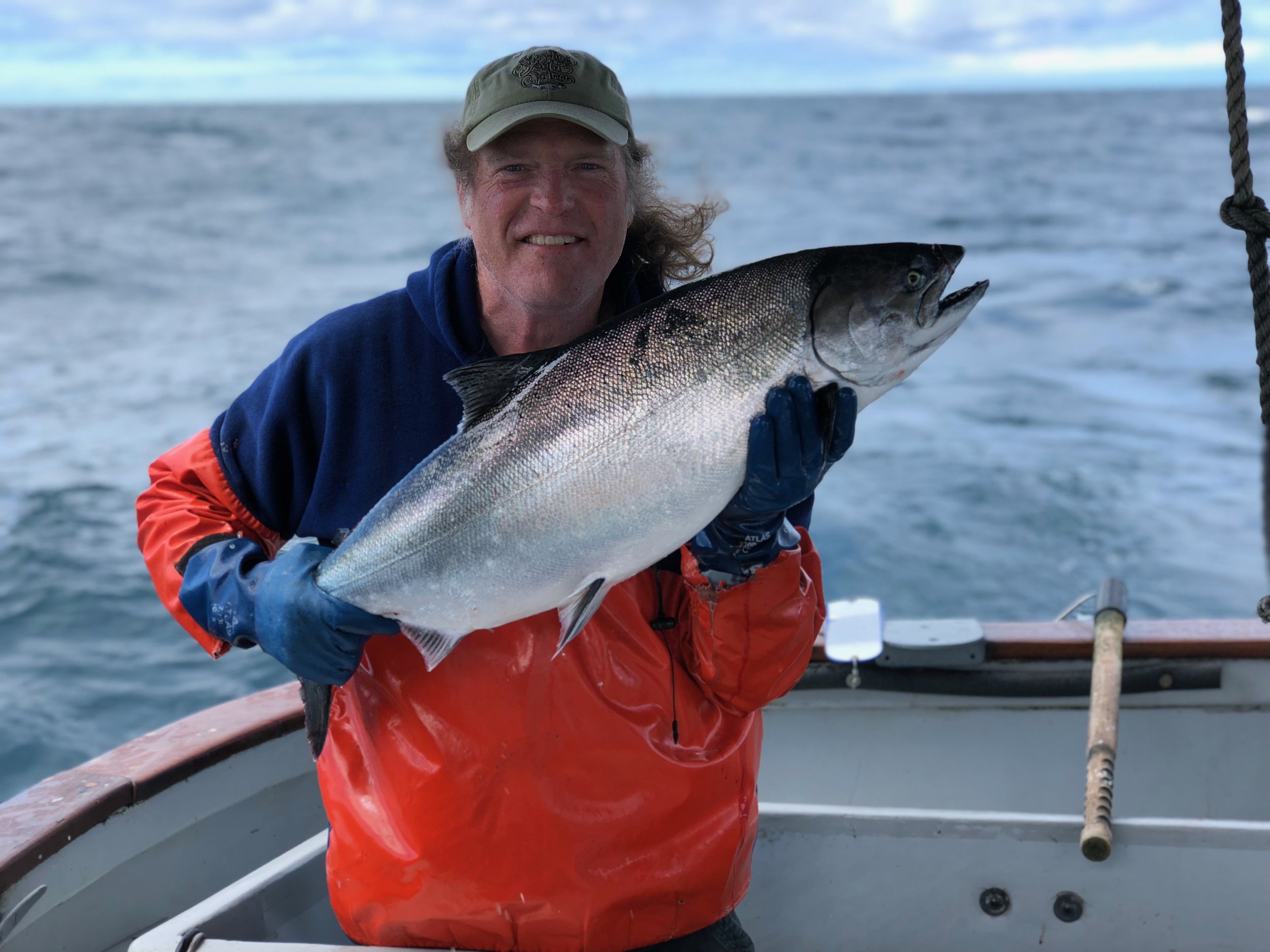
Joe Emerson, Co-Owner of Shoreline and Captain of F/V Tommy L II
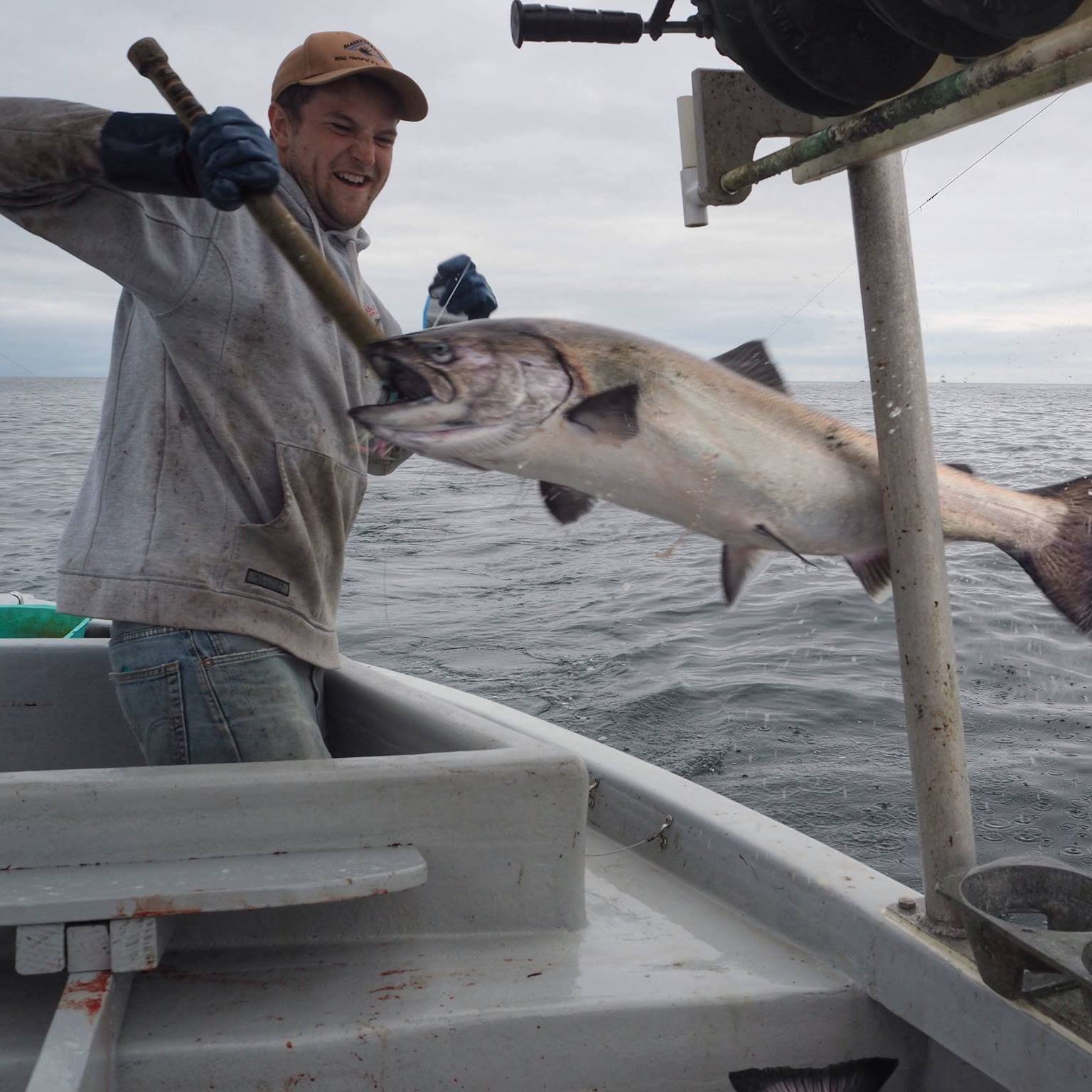
Tyler Emerson, Captain of F/V Natalee K
Learn more about the steps fishermen like Captain Erik of the F/V (fishing vessel) Kingfisher take to ensure that Shoreline Wild Salmon customers receive the highest quality of salmon possible from Alaska.
